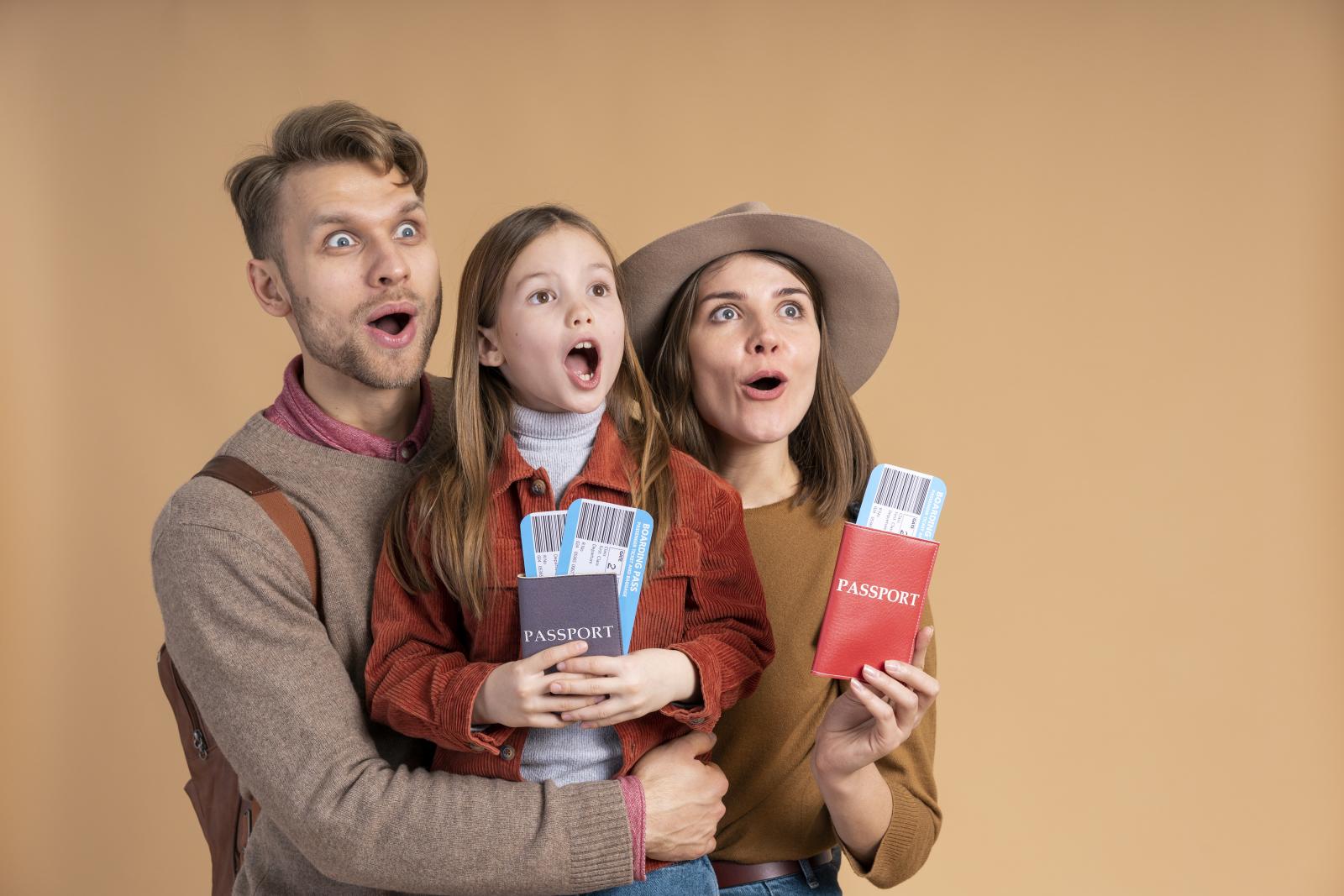Notifications

5 minutes, 4 seconds
-248 Views 0 Comments 0 Likes 0 Reviews

Many Australian families looking to reunite with their parents often ask: “Can parents work on a parent visa subclass 103?” The answer is yes — but there are some important details to understand about work rights, visa conditions, and what life looks like once the visa is granted. In this article, we explain the working rights of parents who hold a Parent Visa Subclass 103, and what it means for your family once the visa is granted.
The Parent Visa Subclass 103 is a non-contributory permanent visa that allows eligible parents of Australian citizens, permanent residents, or eligible New Zealand citizens to live in Australia permanently. It provides a pathway for family reunification without the high costs associated with contributory visas, though the processing time can exceed 25 years.
Yes — once the visa is granted, parents have full work rights in Australia.
The Parent Visa Subclass 103 grants permanent residency, and with that comes all the entitlements and freedoms of a permanent visa holder, including:
Unlimited work rights
Full access to Medicare
Eligibility to apply for Australian citizenship after meeting residency requirements
Ability to travel to and from Australia for up to 5 years after visa grant
This means your parent can work part-time, full-time, or be self-employed in any legal occupation of their choice — just like any other permanent resident.
It’s important to note that work rights only apply once the visa is granted.
Since Parent Visa Subclass 103 applications can take 20–30 years to process, many applicants will be waiting offshore. During this time:
They do not hold any Australian visa with work rights.
They cannot work in Australia, unless they enter on another visa (e.g., visitor visa — which does not allow work).
In some rare cases, applicants may lodge the 103 visa onshore and be granted a Bridging Visa while they wait. However, most subclass 103 applications are lodged offshore, so this scenario is uncommon.
If a parent is already in Australia and applies for the subclass 103 visa onshore, they may be granted a Bridging Visa A (BVA) or Bridging Visa C (BVC) to remain lawfully in the country during processing. These bridging visas:
May or may not include work rights.
If no work rights are given, the applicant can apply for permission to work, based on financial hardship or special circumstances.
Again, this only applies if the application is made onshore, which is not typical for this visa subclass.
Once granted the parent visa subclass 103, your parent may:
Work casually or part-time, which is ideal for retirees who want to stay active or support themselves.
Help in family businesses, such as shops or farms.
Contribute to household income, easing the financial pressure on family members.
This flexibility makes the parent visa subclass 103 a valuable option for families seeking both emotional and practical reunification.
✅ Yes, parents can work on a Parent Visa Subclass 103 — once the visa is granted.
⛔ They cannot work while waiting for the visa, unless they are on another valid visa with work rights.
🕒 Processing time is extremely long, so families may explore temporary alternatives during the wait.
The Parent Visa Subclass 103 offers not only family reunion but also full access to work rights and Medicare once granted. While the waiting time is long, the benefits on arrival are substantial. If your parents are still healthy and want to stay active in Australia’s workforce — even part-time — this visa provides them with that freedom after approval.

